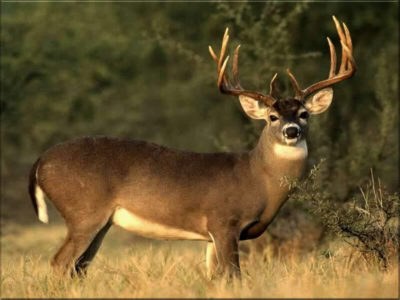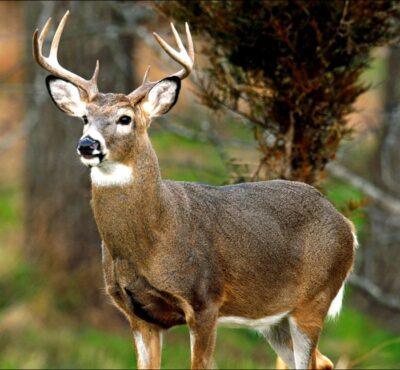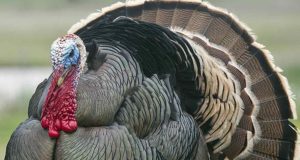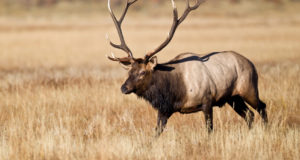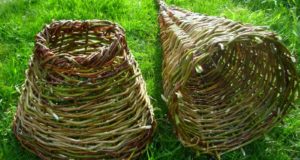As deer-hunting season arrives, we’ll no doubt be pulling out and checking our hunting gear, sighting in our rifles at the range, and scouting hunting locations at our favorite spots.
Some hunters will want to bag a trophy buck, others will just want to put some venison in the freezer for the winter. Some hunters will want to teach their own children to shoot and hunt (after all, they will be the next generation of hunters).
If you are reading this article, you may already be an experienced deer hunter — or you may be new to hunting. If you’re frustrated that you haven’t been able to bag a deer yet over your life of hunting, or if you’ve shot several and are looking for new ways to enjoy the sport, then this article is for you.
The Basics
The best time to hunt, of course, is in the early morning when the light is just breaking out, and in the late afternoon and early evening before sunset. Deer will be out foraging at that time in the day, unlike the middle of the day when deer will be hidden beneath the brush and trees.
Many hunters choose to hunt by traversing the countryside, scouting for deer through their binoculars. This has worked for many hunters no doubt, including some who are reading this. But this is also not the most effective way to hunt deer. Deer have a very acute sense of smell and hearing, so chances are that they’ll know you’re coming from a great distance away (this is why many who opt to hunt this way have to shoot their prey as it makes a beeline through an opening to cover). Because of their great sense of smell, it’s not only important to wash your hunting clothes with unscented detergent, but it’s also important to wash yourself.
Pocket Sized Solar Generator Provides Dependable Backup Power
In deer-hunting, patience is the key. You should scout out many locations before hunting season begins and head to areas that have lots of deer. You can also ask around with your friends, family members, and/or other hunters for places in your area that they would recommend. Then, set up a blind very early in the morning, before there’s light out. If it is dark, it probably won’t be legal for you to shoot a deer yet (half hour after sunrise and half hour before sunset rule), but it will still give you more than enough time to set up a blind.
Your blind should be located in some cover with a view of an opening area. You could also try a tree stand if you’re comfortable being several feet high off the ground. One of the best examples would be on a hill, in the middle of some trees, with an open field or hillside in front of you. There should also be plenty of recent deer tracks and other signs in the area to suggest that deer have been around. Preferably, you will have seen deer while you were scouting the location before the hunting season. Another great location to hunt: near streams, where deer come often to drink.
Avoid using tree stand locations that you’ve used in the past or even those used by other hunters. Deer will eventually become aware of the danger and distinctive evidence of human presence and begin to avoid the area. Also, you want to be downwind from the deer, so keep this in mind when setting up your stand.
Consider More Advanced Technology
Still confused over where to hunt? Then try a trail cam – a waterproof digital camera connected to a motion sensor. When the sensor detects motion, it snaps pictures, allowing you to see what kind of action there is. The data you get will be telling – even some areas that are heavily tracked may not have seen deer come through there in a while. There’s nothing as dull as sitting up in a tree stand watching a game trail that’s devoid of life. Setting up a few trail cams and then going home to a roaring fire and a hot cup of coffee is better time spent than stubbornly freezing in a tree stand waiting for deer that will never come.
Once the light has started to break, you have the option to bring out a deer call, scent or antlers in an attempt to lure deer to your location. Many hunters prefer not to use this option in favor of just waiting for a deer to pass by, so it’s up to you.
Patience
This part of the hunt requires great patience. You might have to go several hours without sight of a deer. You have to keep your eyes and ears attentive at your surroundings, and your rifle or bow at the ready. If it’s early morning, it can be very cold. Your blind isn’t going to be much of a shelter. Bring a small camp stove if necessary.
If you don’t see anything for the next several hours, don’t feel disheartened. You can come back to the same location a few hours before sunset and try again.
Being patient for deer in this manner, however, is usually more effective than setting out and trying to flush them out. Setting up a blind and waiting for your prey in a heavily deer-populated area means that you get to ambush the deer when they least expect it.
If you attempt to traverse the countryside and flush them out, you’ll be the one who’s caught off-guard.
What are your best deer-hunting tips? Share them in the section below.
 Off The Grid News Better Ideas For Off The Grid Living
Off The Grid News Better Ideas For Off The Grid Living

